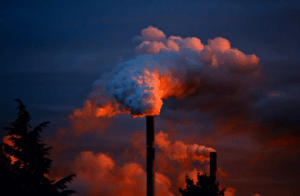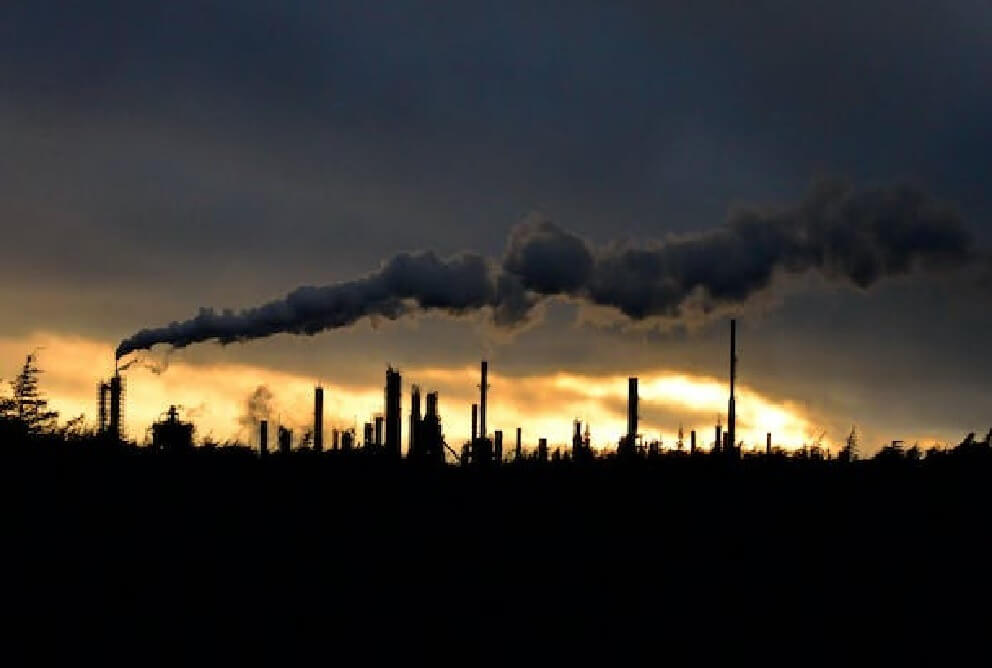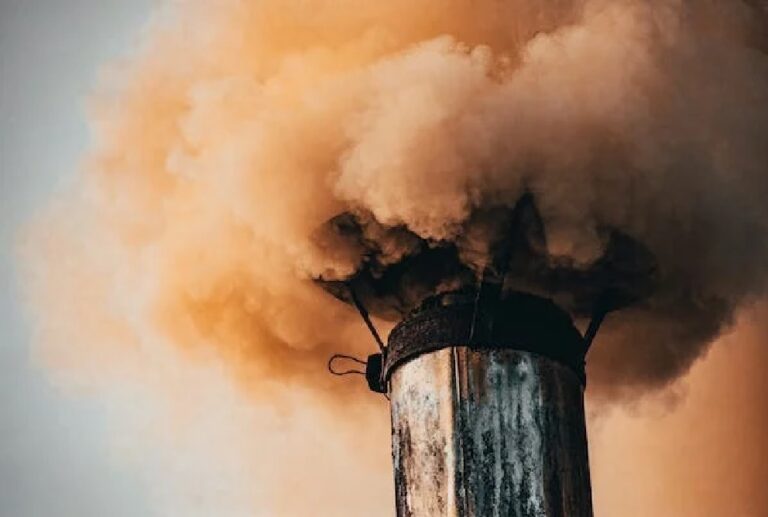
Why facts about global warming are necessary?
The use of fossil fuels has caused a major decline in our ecosystem during the past few decades. Global warming, climate change, extinction of wildlife species, ozone layer erosion, and a rise in air pollution are a few of the issues that are damaging our environment. Finding reliable facts about global warming that can inspire people to take action may be difficult for anyone. Many of them are right here on your table.
What is global warming?
The increase in average surface temperature and ocean temperatures due to greenhouse gases created by the combustion of fossil fuels is known as global warming. These greenhouse gases, such as carbon dioxide and methane, absorb the heat that would otherwise reflect off the Earth’s surface. The acceleration of global warming has been one of the biggest environmental issues in the last two decades.
According to NASA, “the pace of temperature increase has approximately doubled in the last 50 years, with the global average surface temperature increasing by 0.6 to 0.9 degrees Celsius (1.1 to 1.6 degrees F) between 1906 and 2005. The temperature will undoubtedly rise even more.
3: Sea levels are projected to rise by 7-23 inches by the end of this century due to global warming.
4:The average temperature has risen by 1.4 degrees Fahrenheit since 1880.
5:The last two decades of the 20th century were the hottest in the past 400 years.
6:The Arctic is one of the regions most affected by global warming.
7: The average temperature in Alaska, Western Canada, and Russia has risen to twice the global average.
8: The Arctic ice is melting rapidly, and the region may be completely ice-free in summer by 2040 or earlier.
9: Glacier National Park in Montana has lost a significant number of glaciers since 1910. It has only 25 glaciers instead of the 150 that were there in the year 1910.
10: Coral reefs are experiencing the worst bleaching and dying since 1980 due to global warming and pollution.
11: Global warming contributes to extreme weather changes, forest fires, heat waves, and severe tropical storms worldwide.
12: Industrialization, pollution, and deforestation have led to a significant increase in greenhouse gases like carbon dioxide and methane.
13: Human activities are emitting carbon dioxide into the atmosphere faster than plants and oceans can absorb it.
14: Sea levels have risen more in the last 100 years than in the previous 2000 years combined, posing a threat to coastal areas.
15: Around 100 million people live within 3 feet of sea level in vulnerable coastal areas.
16: Melting glaciers will cause both rising sea levels and water shortages in areas dependent on natural water sources. Melting glaciers have increased by about 20 centimeters (8 inches) in the past century.
17: Over 1 million species have become extinct due to disappearing habitats, ecosystems, and acidic oceans caused by global warming.
18: Global warming could disrupt the ocean’s conveyer belt, leading to a mini ice age in Europe.
19: Increasing temperatures will release more greenhouse gases, unlock methane, and cause increased evaporation.
20: The years 2000-2009 were the hottest decade on record.
21: The rate at which carbon dioxide is being released into the environment was around 1000 tons per second until 2011.
22: Carbon dioxide levels in the 20th century were the highest in 650,000 years.
23: The burning of fossil fuels during the industrial revolution caused increased greenhouse gases and respiratory diseases.
24: Human activities currently release approximately 37 billion metric tons of carbon dioxide per year.
25: Carbon dioxide levels on Earth have increased by 34% since the industrial revolution in 1700.
26: By the year 2100, the average temperature is projected to rise by 5.8 degrees due to global warming.
27: Each year of the 21st century ranks among the 14 hottest years since 1880.
28: A failure to address global warming could cause a major economic collapse, impacting 20% of global domestic output.
29: Global warming contributes to droughts, hurricanes, wildfires, extinction of species, melting polar ice caps, and storms.
30: Efforts such as the Clean Air Act aim to cut power plant emissions by 26% in the next 7 years.
Fact 31: Heatwaves caused by global warming result in heat-related illnesses and deaths.
32: Global warming can lead to massive food and water shortages, posing a life-threatening impact on wildlife.
33: The United States is responsible for 25% of total carbon dioxide emissions, while China produces 28%.
34: Global warming is considered the biggest latent health threat of the 21st century.
35: Vertebrate species are going extinct at a rate 114 times higher than expected due to global warming.
36: Ground-level ozone, a component of smog, increases with rising mean temperatures.
37: The costs of natural disasters will continue to increase if global warming is not controlled, impacting billions of dollars.
38: It is essential for individuals, organizations, and governments to take action to prevent global warming.
39: Awareness and understanding of the problem are crucial to address global warming effectively.
40: Taking steps to reduce greenhouse gas emissions and mitigate the effects of global warming is crucial for the planet’s future.
41:The Arctic region is particularly vulnerable to global warming, with the ice caps melting at an alarming rate. This has significant implications for wildlife and indigenous communities that rely on the Arctic ecosystem.
42: Global warming is causing shifts in precipitation patterns, leading to more frequent and intense droughts in some regions and heavier rainfall and flooding in others.
43: Coral reefs are highly sensitive to even small increases in ocean temperatures. The phenomenon known as coral bleaching, caused by warmer waters, is a significant threat to these valuable ecosystems.
44: The agricultural sector is being impacted by global warming, with changes in temperature, rainfall patterns, and pest distributions affecting crop yields and food production.
45: Global warming can lead to the spread of infectious diseases as changing climatic conditions create more favorable environments for disease vectors like mosquitoes.
46: The melting of glaciers and ice sheets contributes to rising sea levels, which pose a threat to coastal communities and low-lying islands.
47: The warming of the oceans has implications for marine life, including disruptions to ecosystems, migration patterns, and the survival of certain species.
48: Increased frequency and intensity of extreme weather events, such as hurricanes, heat waves, and wildfires, can be attributed to global warming.
49: Global warming has social and economic consequences, including displacement of populations due to sea-level rise, increased healthcare costs, and damage to infrastructure and property.
50: Transitioning to renewable energy sources, improving energy efficiency, promoting sustainable land use practices, and implementing international agreements like the Paris Agreement are important steps to mitigate global warming.
51: The concentration of carbon dioxide (CO2) in the atmosphere is now higher than at any time in at least the past 800,000 years.
52: The global average temperature has increased by about 1 degree Celsius (1.8 degrees Fahrenheit) since the pre-industrial era.
53: The 20 warmest years on record have occurred since 1991, with the hottest year being 2020.
54: Oceans have absorbed about 90% of the excess heat trapped by greenhouse gases, resulting in ocean warming and acidification, which pose threats to marine ecosystems.
55: Climate change is causing shifts in the timing and distribution of plant and animal species, disrupting ecosystems and leading to biodiversity loss.
56: Rising temperatures can intensify heat waves, leading to increased heat-related illnesses and deaths, particularly among vulnerable populations.
57: Increased atmospheric CO2 levels are causing the oceans to become more acidic, threatening coral reefs and marine life that rely on calcium carbonate shells or skeletons.
58: Changes in precipitation patterns can result in more frequent and severe droughts in some regions, leading to water scarcity and agricultural challenges.
59: Extreme weather events such as hurricanes, cyclones, and heavy rainfall events are becoming more frequent and intense due to climate change.
60: Global warming can exacerbate existing social and economic inequalities, as marginalized communities often bear the brunt of climate impacts.
61: The burning of fossil fuels, such as coal, oil, and natural gas, is the primary driver of human-induced global warming.
62: Transitioning to renewable energy sources like solar and wind power can help mitigate climate change by reducing greenhouse gas emissions.
63: Energy efficiency measures, such as improving insulation in buildings and using energy-efficient appliances, can significantly reduce carbon emissions.
64: Forests act as carbon sinks, absorbing CO2 from the atmosphere, but deforestation and forest degradation contribute to increased greenhouse gas emissions.
65: Climate change can have cascading effects on agriculture, including decreased crop yields, changes in growing seasons, and increased pest and disease pressures.
66: Climate change can lead to geopolitical tensions and conflicts over resources, particularly in regions already facing water and food insecurity.
67: International cooperation and collective action are crucial in addressing global warming and implementing effective climate change mitigation and adaptation strategies.
68: Individual actions, such as reducing personal carbon footprints, supporting sustainable practices, and advocating for climate-conscious policies, can contribute to combating global warming.
Conclusion
The article “68 Captivating Facts About Global Warming” presents a comprehensive overview of one of the most pressing issues of our time. After exploring a multitude of facts and statistics, it becomes clear that global warming is an urgent problem that demands immediate attention.
From the devastating impact of greenhouse gas emissions to rising temperatures and melting ice caps, the evidence presented in the article leaves no room for doubt. Global warming is real, and its consequences are already being felt around the world. The facts about global warming highlight the urgency of the situation and the need for collective action.
Moreover, the article goes beyond presenting alarming facts. It serves as a call to action, emphasizing the importance of spreading awareness and inspiring change. By providing readers with a wealth of information, the article empowers individuals to make informed choices and take steps toward mitigating climate change.
In conclusion, “68 Captivating Facts About Global Warming” is a wake-up call. It educates readers about the gravity of the climate crisis while instilling a sense of responsibility.
The facts presented in the article serve as a catalyst for change, urging individuals, communities, and governments to prioritize sustainable practices and work towards a greener future. It is imperative that we heed these facts, collaborate on a global scale, and take decisive action to combat global warming for the well-being of our planet and future generations.





[…] and manure for pest, disease, and weed control. This method significantly mitigates the effects of global warming, uses less energy, and fosters greater […]
This iss a great ttip especially to those new to the blogosphere.
Short but very precise info… Many thanks for sharing this one.
A must read article! https://ukrain-forum.biz.ua/
Noodlemagazine I’m often to blogging and i really appreciate your content. The article has actually peaks my interest. I’m going to bookmark your web site and maintain checking for brand spanking new information.